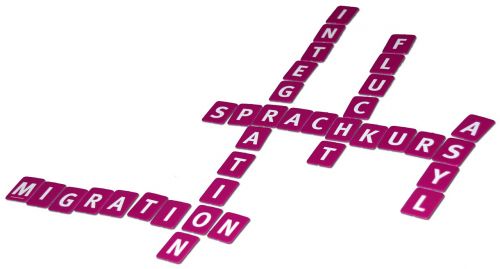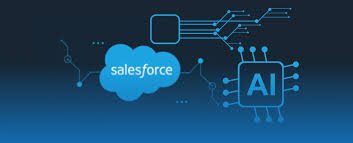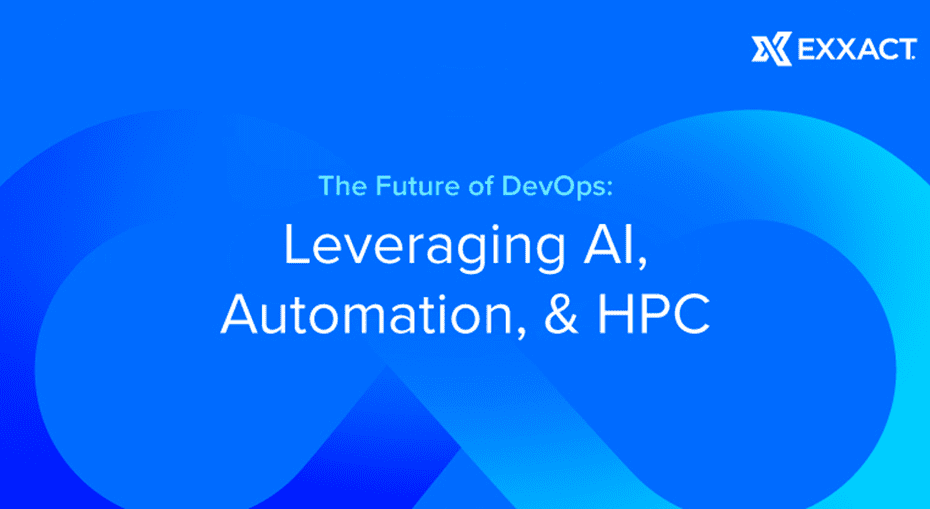The hidden cost of over-instrumentation: Why more tracking can hurt product teams
Stop tracking everything: Rethink your data strategy If you’ve ever opened a product analytics dashboard and scrolled past dozens of unlabeled metrics, charts with no… Read More »The hidden cost of over-instrumentation: Why more tracking can hurt product teams













